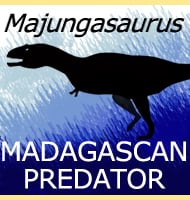Tataouinea
In Depth Although only known from partial remains, Tataouinea has been identified as a rebbachisaurid sauropod, and one that is closely related to genera such as Nigersaurus, which are also known to have been present in North Africa during the early Cretaceous. The fossils of Tataouinea have revealed in life the bones of Tataouinea would … Read more
